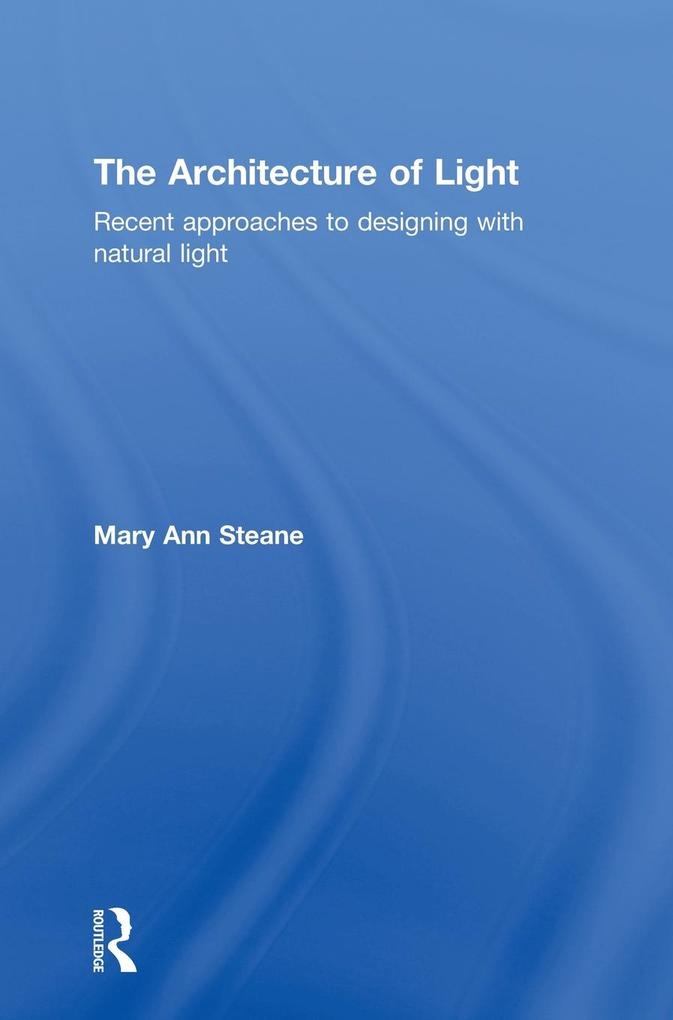
Zustellung: Di, 15.07. - Fr, 18.07.
Versand in 7 Tagen
VersandkostenfreiBestellen & in Filiale abholen:
This book looks at how modern and contemporary architects work with natural light. It considers ideas about space and spatiality, how lighting can orchestrate form and movement, and patterns of human occupation. Exploring current attitudes to natural light, it offers a series of in-depth studies of recent projects.
Inhaltsverzeichnis
Introduction: Daylighting in the Era of Electricity 1. Speaking of Light, Speaking with Light: Le Corbusier's 'carnets de recherche patiente', 'Une Petite Maison', and 'La Chapelle de Ronchamp' 2. Desert Tent: Light and Geometry at the Benedictine Monastery of the Holy Trinity, Las Condes, Santiago de Chile 3. Deciding the Colouring of Things: Carlo Scarpa's 1963 Fondazione Querini-Stampalia, Venice 4. Reading Light at Seinajoki, Finland, and Viana do Castelo, Portugal: Alvar Aalto and Alvaro Siza's Conspicuous Conservation of Daylight 5. Enlightening Conversation: The Music Room and the Open City, Ritoque, Chile 6. Seeing the Light: The Poole House, Noosa, Queensland 7. O' Donnell and Tuomey's Lessons in the History and Geography of Light: The Ranelagh Multi-denominational School, Dublin 8. Inverse Light? The Vulnerable Openings of Daniel Libeskind's Jewish Museum, Berlin 9. New Light for Old Across London: Recent Interventions at the Carmelite Priory, Kensington by Niall McLoughlin, and 1A John Campbell Road, Hackney by Lisa Shell 10. The Electricity of Daylight? Herzog and De Meuron's Excavation of Dusk at London's Bankside Power Station
Produktdetails
Erscheinungsdatum
26. April 2011
Sprache
englisch
Seitenanzahl
258
Autor/Autorin
Mary Ann Steane
Verlag/Hersteller
Produktart
gebunden
Gewicht
630 g
Größe (L/B/H)
250/175/19 mm
ISBN
9780415394789
Entdecken Sie mehr
Bewertungen
0 Bewertungen
Es wurden noch keine Bewertungen abgegeben. Schreiben Sie die erste Bewertung zu "The Architecture of Light" und helfen Sie damit anderen bei der Kaufentscheidung.










